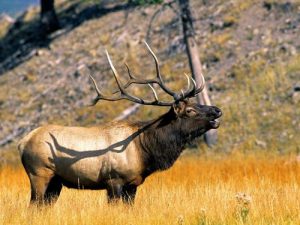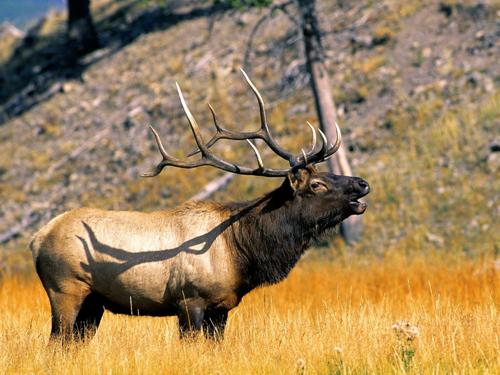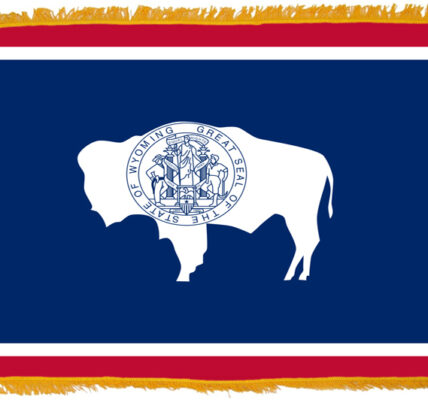By Angus M. Thuermer Jr., WyoFile.com

Elk are plentiful in Wyoming as the state’s famed elk hunting season gets underway, according to Game and Fish Department estimates. The agency early this year estimated populations to be 29 percent above objective for those herds it counts, according to WyoFile calculations from agency data.
The agency expects hunters will kill 25,955 wapiti this season. Officials anticipate 62,155 hunters will have a 41.8 percent chance of bagging an animal, according to a population summary presented to the Wyoming Game and Fish commission earlier this year.
All told, the agency estimated 110,300 elk live in the state following the 2018 hunting season. Since then, herds have raised another generation of wapiti.
Game and Fish estimates 102,300 reside in herds for which there are population estimates. Another 8,000 or so elk live in seven herds that are managed on a landowner/hunter-satisfaction basis for which numbers are not strictly counted. Game and Fish manages them through surveys of property owners and hunters who have access to them.
Among the censused group, the population early this year was 29 percent above the agency’s objective of 79,125, according to WyoFile calculations made from Game and Fish data.
Elk “seem to be doing really well,” said Doug Brimeyer, deputy chief of wildlife, “particularly in the eastern part of the state.” Access there, however, may be difficult due to private land.
Game and Fish expects that 62,155 hunters will spend a total of 450,820 recreation days in the field hunting elk this season, according to the population summary. For every animal killed, hunters — successful and unsuccessful — will spend 17.4 days.
Game and Fish counts 16 herds at objective — a category that includes any herd unit within 20 percent of its specific population goal. That’s 46 percent of the herds for which the agency maintains population estimates.
Fourteen herd units are above objective according to the summary. Only 4 units, or 11 percent, are below objective, the agency summary reads.
In the Cody and Jackson areas, backcountry elk struggle with raising young, Brimeyer said. Also, elk move in response to higher numbers of predators, “a real thing” that’s also being reported in the Lander area, he said.
In southern Grand Teton National Park and near residential and agricultural areas close to Jackson, resident elk have about double the calf recruitment as the long-distance migratory elk from backcountry areas, agency officials wrote in a summary.
All herd units around Lander are near their objective and doing well.
Around Cody only one herd — the Clarks Fork — is below management objective. Calf-cow ratios are lower on the west side of the Bighorn Basin than they are on the east, according to a hunting forecast presented at this spring’s commission meeting (see below).
In the Casper area numbers are at or above objectives and the season will be less restrictive for hunters. The Green River region south of Pinedale will generally see liberal “any elk” seasons that favor hunters, followed by lengthy general license “antlerless” seasons, Game and Fish wrote.
Most elk populations in the Laramie area are generally above management objectives but public access challenges hinder the department’s ability to curtail herd growth through hunting.
Around Pinedale a several-year trend of liberal hunting seasons will continue. Near Sheridan, hunters who have access to or across private land can anticipate high success ratios.
Hunters should be aware of regulations regarding the transportation of animal parts due to fear of spreading Chronic Wasting Disease. There is no sure-fire way to tell from seeing an animal whether it is infected with the fatal disease.
Game and Fish has put together a map of infected hunt areas drawn according to species.
Hunters can get their elk tested for CWD before they consume any meat, but the process requires some knowledge and skill. Game and Fish has posted a video showing how a hunter can extract elk lymph nodes that can be sent to Game and Fish regional offices for testing.
The nodes can be placed in a simple Ziplock bag for delivery, Brimeyer said. The state veterinarian’s lab also will test lymph nodes for $30.
Hunters can expect to see results in about three weeks. Meantime, they can field dress their game animal, quarter it and freeze the quarters, Brimeyer said.






